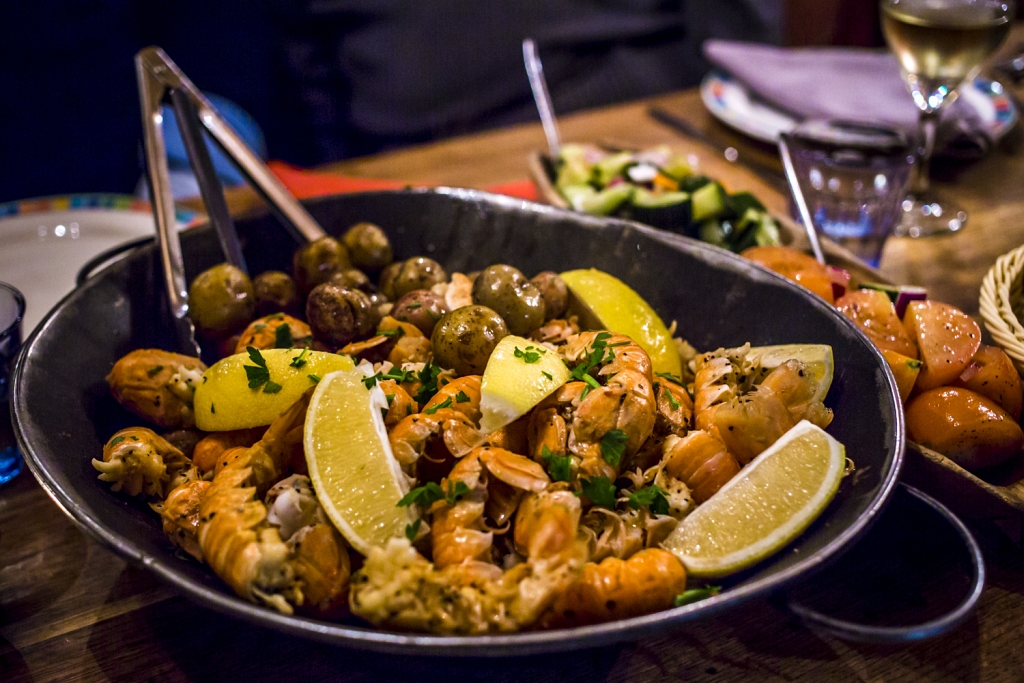The cuisine of Iceland has some similarities to other Nordic countries but also has distinct differences due to its unique geography, climate, and history. Factors such as isolation, limited agricultural resources, and harsh weather conditions have shaped Icelandic cuisine in ways that set it apart from its neighbors. Here are some key differences between Icelandic cuisine and that of other Nordic countries:
- Seafood: While seafood is an important part of the diet in all Nordic countries, Iceland’s reliance on fish is more pronounced due to its location in the North Atlantic Ocean. Icelandic cuisine features a wide variety of seafood, including cod, haddock, herring, and halibut, as well as shellfish and seaweed. Icelandic fish dishes are often prepared using traditional preservation methods, such as drying, smoking, or pickling.
- Lamb: Icelandic lamb is considered to be of exceptional quality, as the sheep roam free in the wild, grazing on natural vegetation. This results in tender, flavorful meat that is a staple of Icelandic cuisine. In contrast, other Nordic countries might have more focus on pork or beef.
- Fermented foods: Iceland has a long tradition of fermenting foods as a preservation method. One example is hákarl, a dish made from fermented Greenland shark. While fermented foods are present in other Nordic cuisines, the types of fermented dishes and ingredients may differ.
- Dairy products: Icelandic dairy products, especially skyr, are unique to the country. Skyr is a thick, yogurt-like dairy product made from skim milk, which has been a part of Icelandic cuisine for centuries. While other Nordic countries also have their own dairy traditions, skyr is specific to Iceland.
- Limited use of fresh vegetables: Due to the harsh climate and short growing season, Iceland has historically had limited access to fresh vegetables. As a result, Icelandic cuisine relies heavily on root vegetables, such as potatoes, carrots, and turnips, as well as preserved or pickled vegetables. While root vegetables are common in other Nordic cuisines, the limited variety of vegetables in Icelandic dishes is a notable difference.
- Rye bread: Iceland has a unique method of preparing rye bread, called hverabrauð or “hot spring bread.” The dough is buried near a hot spring and slow-cooked using geothermal heat, resulting in a dense, slightly sweet bread. Rye bread is popular across the Nordic region, but Iceland’s geothermal cooking method sets it apart.
- Traditional dishes: Some traditional Icelandic dishes, such as puffin, minke whale, or fermented shark (hákarl), are not commonly found in other Nordic countries.
While Icelandic cuisine shares similarities with other Nordic cuisines, its distinctive geography, climate, and history have contributed to unique culinary traditions that set it apart from its neighbors.
